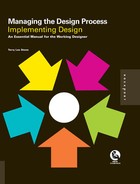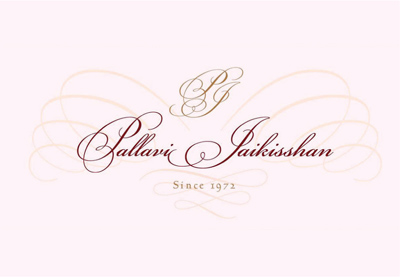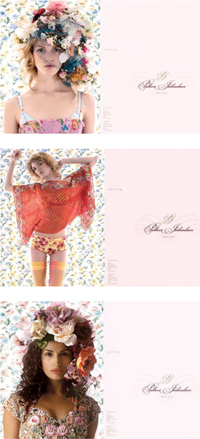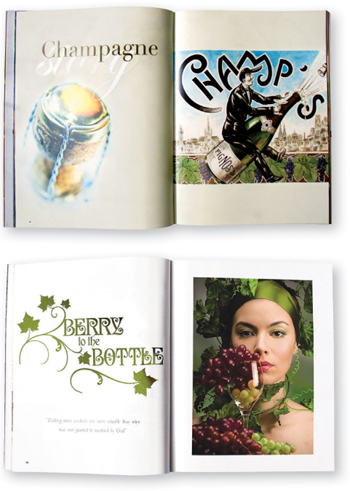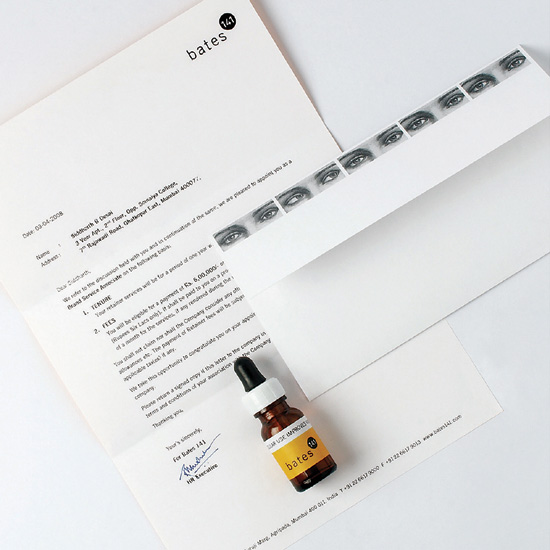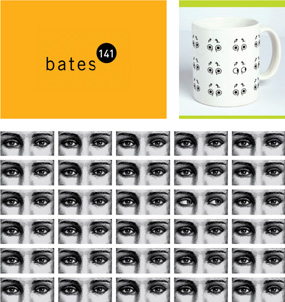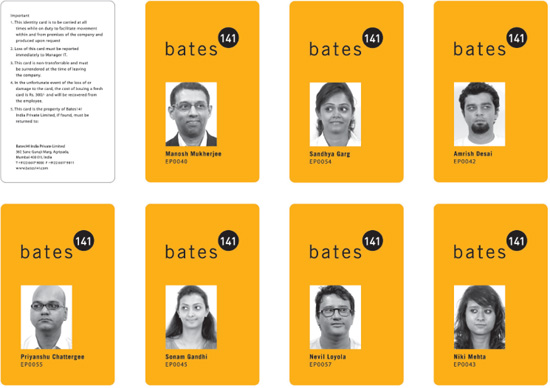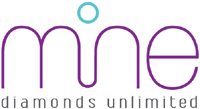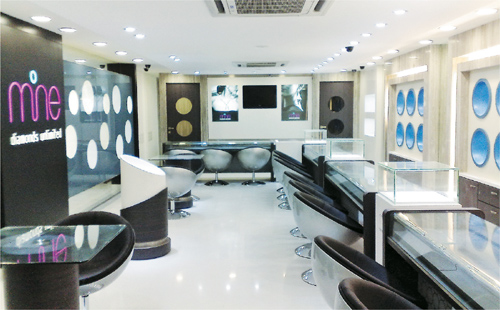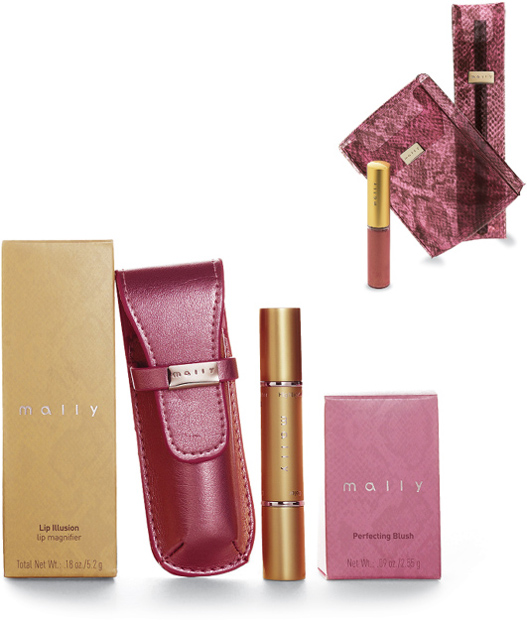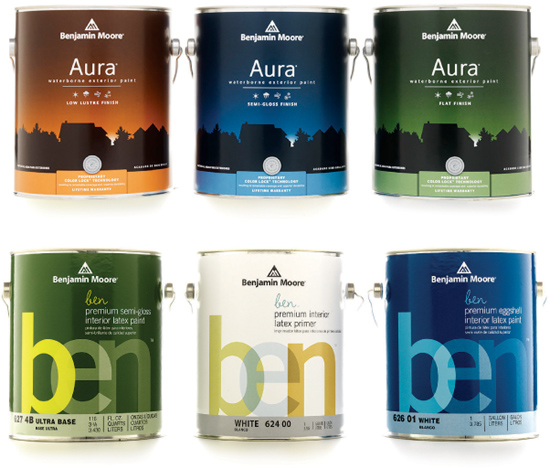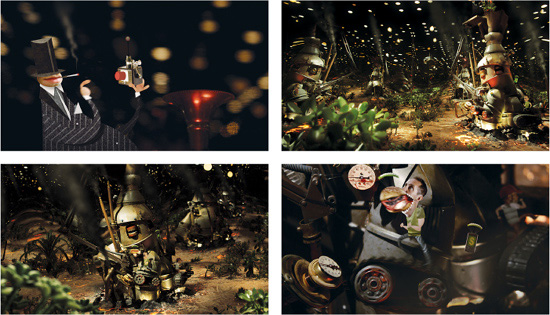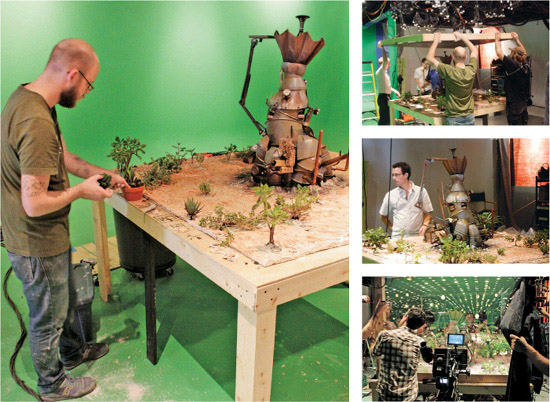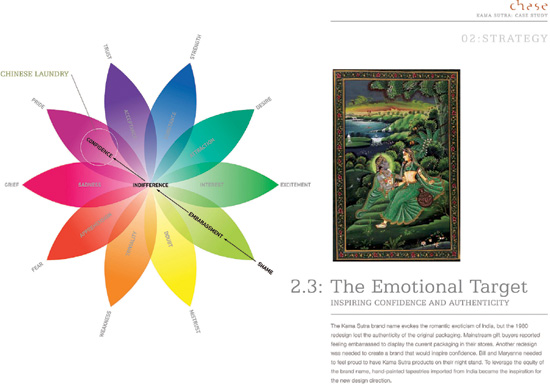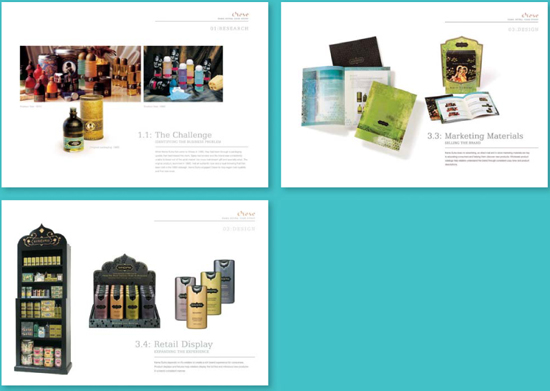Chapter 6
Managing Creatives
Creatively Managing Creative People
Managing people is an art form, and design project managers need this skill. They need to be able to determine and implement budgets and schedules, as well as handle the people on the team.
Managers working with creative directors and design firm owners need to utilize the workforce in a way that results in great creative and maximum productivity—two things that can seemingly be at cross purposes during certain projects. Productivity, broadly speaking, is output per hour of labor or work. The highest cost on any design project, or for the design firm, will always be the design team’s salaries. So, in graphic design, it’s all about utilizing the team’s abilities in a way that consistently allows for the best, most useful, and creative output possible.
Choosing a Leadership Style
How you lead is a function of your temperament, character, beliefs, style, and situational circumstances. What works at one time may not work at another. Understanding some basics about leadership styles will provide you with choices.
Some forces that influence the leadership style to be used include
• How much time is available for the project or task at hand?
• Is the relationship with the group based on respect and trust?
• Who has the relevant information?
• How well trained or expert are the group members?
• Are there any internal conflicts?
• What are the group’s stress levels?
• Is the task structured or unstructured, complex or simple?
In the 1930s, social psychologists at the University of Iowa, led by Kurt Lewin, identified three styles of leadership based on decision making. Their experiments with groups of children working on arts and crafts projects showed that human behavior is a product of a person’s internal make-up, but it is greatly affected by the dynamic environment the person is in. These styles and expected outcomes are described on the opposite page.
Leadership Style
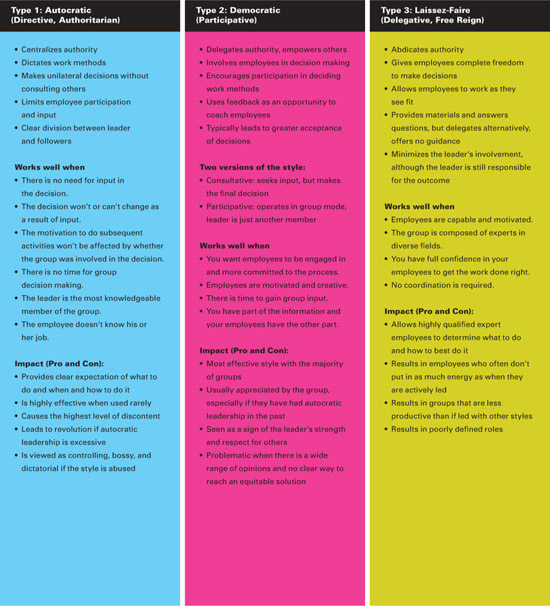
Managing Creative People at Umbrella Design
“We work on two insights, really,” says Umbrella Design executive creative director Deven Sansare. “Here are some things we consider:
1. Good creative people are highly competitive. When they see their boss do great work, it usually brings out the best in them
2. Everybody needs a father and mother. If they believe that their failures will be shouted at but accepted and their successes will be rewarded, then most of the time you don’t really need to ‘manage’ them.”
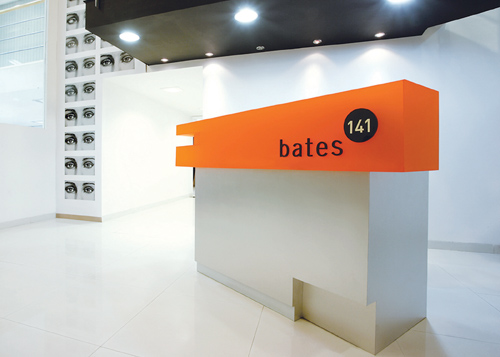
Working Well Together
Many design teams don’t clearly understand each other’s roles and responsibilities. Some don’t have the benefit of good leadership and management. That needs to change to both gel as a team and be able to do great design. Everyone on the design team needs to hold each other accountable to achieve optimum performance.
One of the realities of graphic design is that as projects move from concept to completion, they are in the hands of many experts—or in the case of a solo freelance designer one person is performing a variety of activities. Traditionally, the design work flow starts with the highly creative expert and ends with the highly technical expert. Experience and skill levels vary, but so does specific design expertise. Those who come up with great ideas can’t always execute them. Different skills are required as the process progresses from rough idea to finished piece. A designer should explain this to the client, but also make it clear within the design team. Projects are usually better served when handled by the team member with the most expertise in that phase of work. This disaggregating of design tasks allows the best person to be focusing talent on a particular aspect.
This chart shows the major roles of most design teams. Obviously, larger multipart projects could require additional people (more people in these roles, plus others such as illustrators, photographers, animators, and programmers). Design teams must understand that they will be working collaboratively with numerous people, often with different views of the project. Here again, respect is key.
Outlining a Team’s Responsibilities
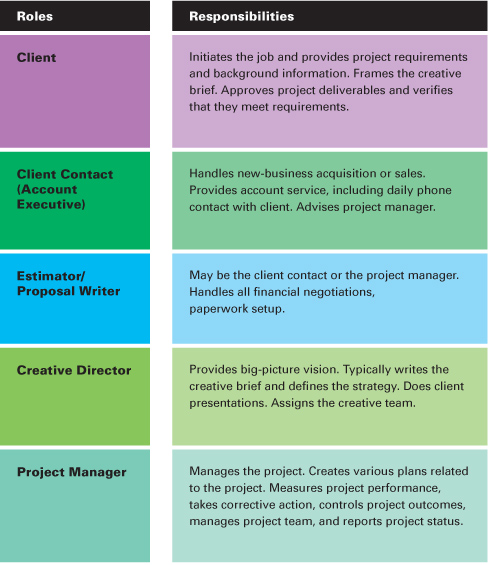
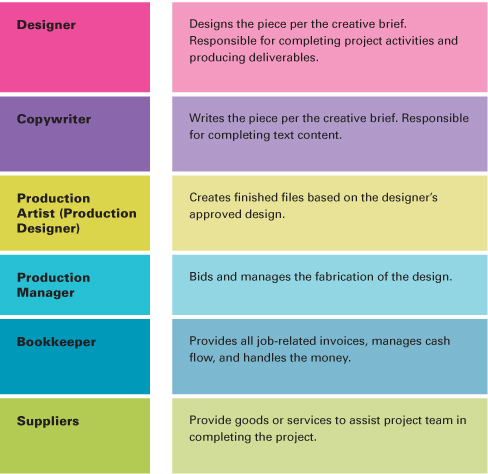
Giving Feedback
Do
▸ Give feedback when asked.
▸ Consider your response carefully before speaking.
▸ Be specific and concise.
▸ Tie objections to a clear rationale; put comments in context.
▸ Notice the body language of the person you’re talking to.
▸ Encourage discussion and useful debate. Make sure the person understands your feedback.
▸ Think of solutions or alternatives if invited to participate.
Don’t
▸ Get emotional; keep it professional.
▸ Attack the person; challenge his or her thinking instead.
▸ State opinions as though they were facts.
▸ Walk away if the person wants further discussion.
▸ Get defensive if the person doesn’t like your feedback.
▸ Demand it be done your way simply to power-trip someone.
▸ Provide a new solution or alternative if it isn’t your job to do so.
Perfectionism
Perfectionism is about striving to be the best. In its healthiest form, perfectionism can drive a designer toward new and exciting work. When it is unhealthy, however, it leads to obsession and anxiety.
Since so many graphic designers regularly experience a kind of perfectionism, design managers need to have a working understanding of the condition and a plan to circumvent it. There’s sometimes a fine line between healthy and unhealthy drives toward perfectionism and graphic design. Here are some of the pros and cons.
Pros:
• Adaptive perfectionists are healthy, focused strivers, and very alert.
• People with obsessive personality types are into perfectionism. They are focused. This is not to be confused with Obsessive Compulsive Disorder (OCD), which is a clinical psychological disorder involving various ritualized behaviors.
• These people get a sense of pleasure from their work, especially their painstaking efforts.
• They are often workaholics who are high achievers.
• They are very motivated and persevere in the face of obstacles and discouragement, which can be inspiring to others. They are committed to overcoming roadblocks and pitfalls that stop others.
• They pay meticulous attention to detail, a commitment that pushes them toward excellence.
• They’re driven to make reality match their concepts.
• They want to be the best. They are vigilant and dedicated, and possess high personal standards and lofty expectations about themselves and their team’s abilities.
• They strive for excellence, and enjoy achieving that excellence and feeling good about accomplishments and lessons learned, all of which works to deepen their confidence.
• They’re tough on themselves and others, but are not afraid to fail. They take informed risks and push themselves.
• They’re incredibly productive—they are always in action and ready for new challenges.
• They are okay with trial and error on the road to success.
What it means to a design manager:
These people can be inspiring. They have an ideal, but accept that it is a guideline or goal to propel the team forward. They are not defeated if these goals are not achieved 100 percent. It means they are still achieving above and beyond what others who don’t go for it achieve.
What to do:
Encourage their playfulness and willingness to tackle a big challenge—that’s the breeding ground of innovation. This kind of perfectionism boosts creativity. However, monitor the situation carefully, and make sure the drive toward excellence doesn’t become a perfectionism trap. Keep them focused on the creative brief. Always remind the team of their goals. Applaud meaningful results.
Quality Control and Quality Assurance
Designers are driven to do great work. The pitfalls of perfectionism notwithstanding, collectively, graphic designers seem to want to create powerful and aesthetically pleasing designs that work hard to meet clients’ needs and support business goals. It’s all about quality. In graphic design, quality refers to the client’s, the designers’, and even the design industry’s expectations.
Lack of quality in design projects causes
▸ Wasted time
▸ Additional revisions
▸ Increased costs
▸ Decreased team morale
▸ Unhappy clients
To ensure quality in their work, designers may wish to employ a quality control (QC) and quality assurance (QA) program.
QC is about the standard operational activities a company uses to control the quality of its product or service. Some things include
• Clear direction and decision making
• Constant supervision by experienced managers
• Reviews of work for accuracy and completeness
• Accurate documentation of recommendations, decisions, and assumptions
The goal of these procedures is to make sure the work is done right the first time. QC is about inspection and review.
QA confirms that the QC program is effective and ensures that the product and services meet the company’s requirements for quality. QA
• Enforces QC standards
• Helps the company make continual improvements
• Reduces errors and omissions
QA is about planning and prevention. It is ongoing and keeps the design firm in top form.
Taking Responsibility for Quality
Practically speaking, a design manager is often responsible for QC and QA in the sense of setting up a work flow system and checking for accuracy and completeness of that work. This person can also monitor, review, and report to external and internal stakeholders. However, usually the creative director has the final say on whether the work meets creative quality standards. Often, this is pretty subjective. The more the design can be judged and evaluated on objective criteria, the more likely quality is achievable. The creative brief becomes not only the road map for schedule and budget but also an essential QC/QA standard.
Clients and QC/QA
Graphic design has informally adapted to QC/QA. When a client’s input and guidance are solicited in development of a creative brief, the client is helping to write a QC plan. Then when the client is involved in a series of milestone reviews as the project progresses, they are essentially participating in QA. One of the main reasons graphic design is an iterative process, with client input and feedback solicited at specific points, is to ensure their review so that quality standards are set and met.
Designers can tell their clients this, and frame their design process in QC/QA terms at the start of a project. If this language and management concept is meaningful to the client, speaking in terms of QC/QA can solidify a client’s impression of their design consultant as a bona fide businessperson who possesses artistic and business acumen. This can lead to trust. Warning: Not all clients respond to this kind of language. Some think it’s silly, or perhaps haven’t even heard of the concept.
